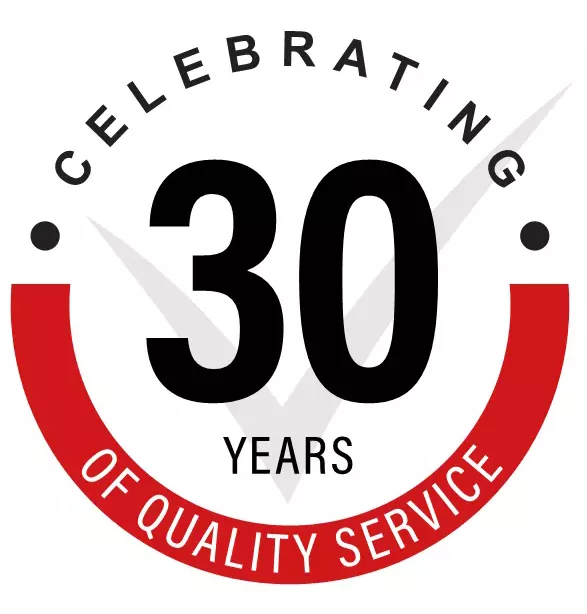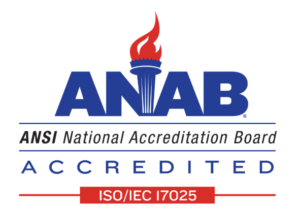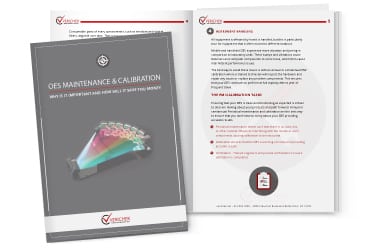Metal alloys are composed of a variety of elements, each having its impact on the properties and performance of the alloy. Carbon equivalent (CE) is an important factor to consider when selecting an alloy for a specific application.
To discuss Carbon Equivalency, we must first understand that not all metal alloys are created equal. Even the same grade of alloy such as Stainless Steel 8620 will vary from batch to batch. This is why Carbon Equivalent is important, as it helps to ensure that the performance of a given alloy will meet our expected standards.
Carbon Equivalent is a measure of the carbon content in an alloy, expressed as a percentage. It is calculated by adding the effects of the other alloying elements to the effect of carbon. Carbon is known to have a significant impact on an alloy’s strength, hardness, and other properties. Therefore, Carbon Equivalent is a useful tool when selecting an alloy with the desired strength and performance characteristics.
Just because two pieces of metal are identified as 8620 Steel, does not mean they each are identical in their material chemistry makeup.
Variations in carbon content, as well as the content of other alloying elements, can make a significant difference in the performance of an alloy. This article will further discuss the importance of Carbon Equivalent and provide an overview of how it is calculated.
Why is Carbon Equivalent Important?
Carbon Equivalent is important because it allows us to assess the material characteristics of an alloy and compare it to others. It provides a simple and convenient way to identify alloys that have similar properties and can help us select the alloy which best meets our needs.
Carbon Equivalent also allows us to determine the amount of pre- and post-welding heat treatment that may be necessary for an alloy, as well as providing valuable insight into how it will respond to different treatment processes.
Knowing the carbon equivalent, or CE value is particularly important in situations in which two pieces of metal will be welded together, such as welding two pipes together. Environmental conditions can cause pipes to expand and contract or be moved. The weld spot can be a point of weakness, which is exacerbated if one pipe is stronger than the other. Optimally, two pipes welded together should work in conjunction as one unit. If the properties of the two pieces of metal are too dissimilar they will not act as one unit and the weld will either shear or break.
What is a High Carbon Equivalent mean?
A high Carbon Equivalent indicates that the alloy contains more carbon and less of other alloying elements.
Alloys with a high Carbon Equivalent will generally have greater hardness, strength, and other desirable properties than those with a low Carbon Equivalent. However, a high Carbon Equivalent also could result in increased brittleness and decreased corrosion resistance. As a result, a high Carbon Equivalent can be desirable in certain applications, but not in others.
Many metals are designed and produced with a very specific Carbon Equivalent in the mind. Even slight differences in Carbon Equivalent can lead to significant differences in material properties. This is why it is important to be aware of the Carbon Equivalent when selecting a metal or alloy for an application. While a higher Carbon Equivalent can be beneficial, it is important to ensure that the alloy remains within its specified range so as not to compromise desired properties or performance.
How is Carbon Equivalent Calculated?
Carbon Equivalent (CE) is calculated using a formula that takes into account the percentages of carbon and other alloying elements present in the alloy.
The formula is
CE = (%C)+((%Mn)/6)+(((%Cr)+(%Mo)+(%V))/5)+(((%Cu)+(%Ni))/15)
The International Institute for welding (IIW) developed the Carbon Equivalent formula to provide a standardized way of evaluating the strength and effectiveness of different alloys. However other formulas have been developed which take into account other elements as well.
It is important to use the correct formula when calculating Carbon Equivalent to ensure the most accurate result. The formula used is dictated by information such as the application and location of the application. The formulas are long, and complicated, and require information about the material chemistry of the alloy.
However, there is an easier way!
Did you know our Optical Emissions Spectrometers are capable of giving the CE value of an alloy instantly?
Once it is determined which CE formula is needed, that formula can be put into the instrument and used to determine the CE value without manual calculations. Many instruments can hold multiple formulas which can be turned on or off so operators can utilize the appropriate CE formula for the given application.
How Can You Measure Carbon Equivalent?
In conclusion, Carbon Equivalent is an important measure of the strength and desirability of different alloys. It is used to compare alloys of different compositions and to ensure that an alloy is suitable for a given application.
It is important to be aware of the Carbon Equivalent when selecting a metal or alloy for a given application, as even small differences can have significant impacts on material properties and performance.
Carbon Equivalent can be calculated using the IIW formula or other formulas and can be measured with an laboratory using an Optical Emission Spectrometer, which uses optical technology to measure the material composition of the alloy.
Verichek’s trained Technical Engineers are ready to discuss your CE needs and assist in helping you achieve the information you need in less time. Click here to contact us online or call 412-854-1800 today to discuss how we can help you with your CE needs.



 OES MAINTENANCE & CALIBRATION:
OES MAINTENANCE & CALIBRATION: